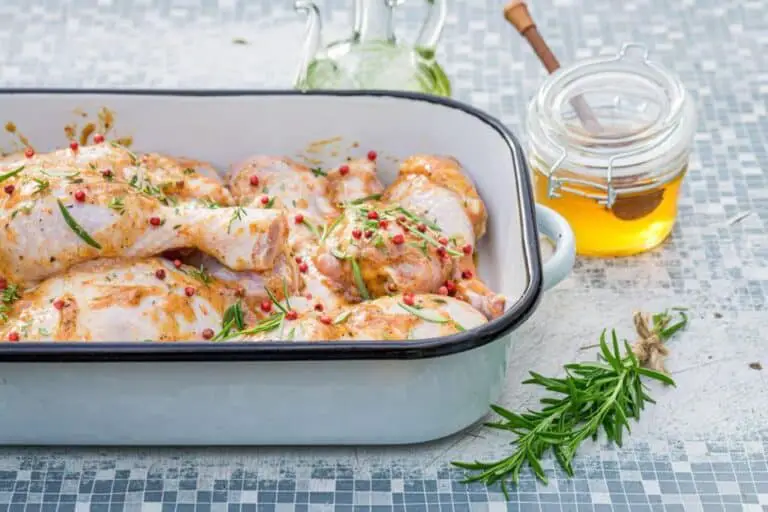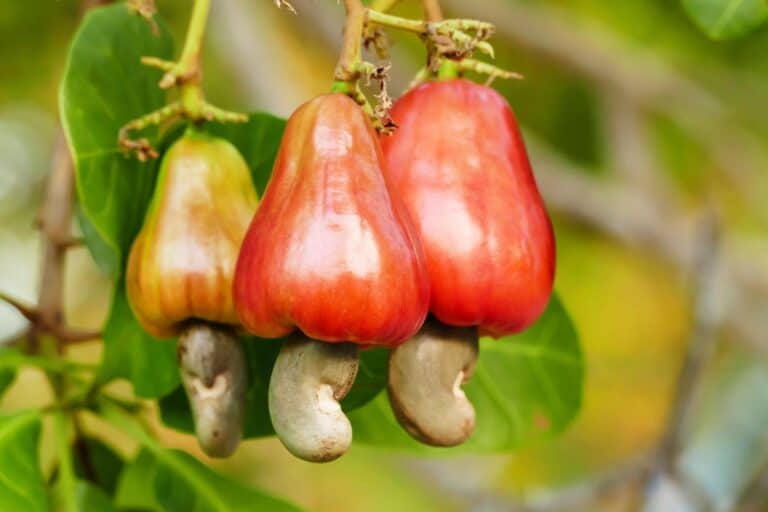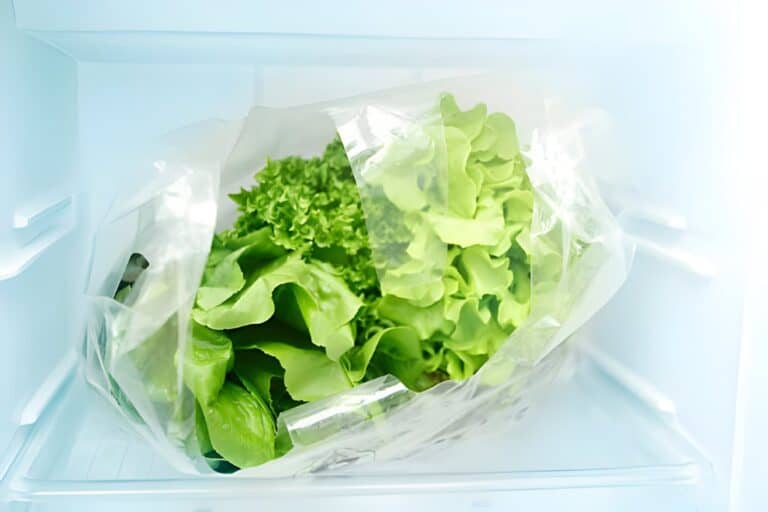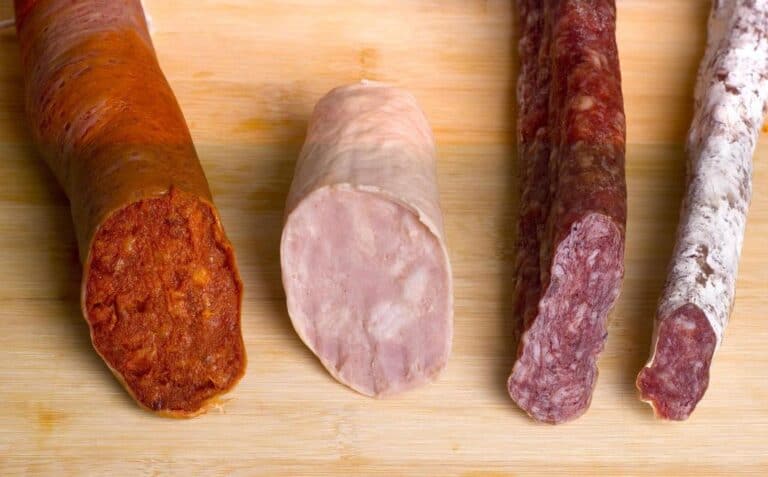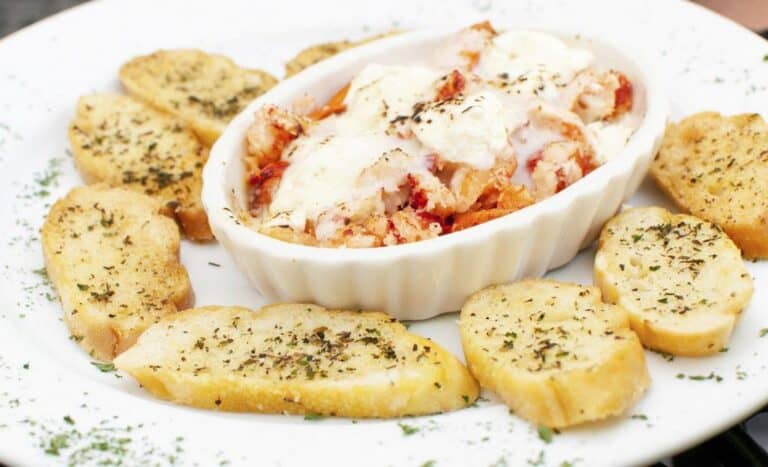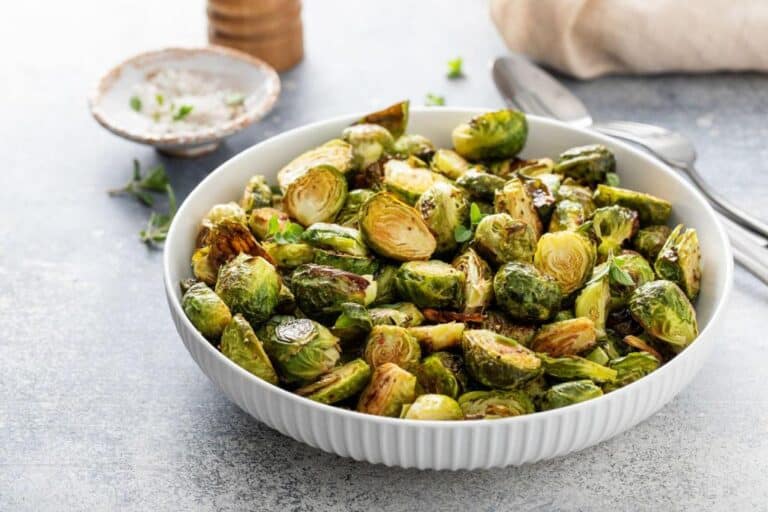Can you Reheat Cooked Prawns Twice? Is It Still Safe to Eat?

Seafood lovers all over the world cannot resist the temptation of a delicious plate of perfectly cooked prawns. Prawns are a famous ingredient in many types of food around the world. They are often used in exotic Asian stir-fries, grilled with garlic butter, or as the star of fancy pasta dishes.
However, whether it’s safe to reheat cooked prawns twice is a common worry. Both inexperienced and seasoned home cooks frequently express this concern.
Let’s face it—we’ve all been there. After enjoying a delicious prawn feast, there are often leftovers that we want to savor without wasting them. Before you reach for your trusty microwave or stovetop to heat up those tasty crustaceans again, let us uncover the truth behind reheating cooked prawns multiple times.
We hope this article will help you understand this cooking problem better. We’ll look at food safety rules and research-based ideas about how to reheat our favorite shellfish.
Understanding Food Safety: Bacterial Growth and Proper Refrigeration
When it comes to reheating cooked prawns, one of the primary concerns is the risk of foodborne illnesses caused by bacterial growth. Bacteria are naturally present in many foods, including seafood like prawns.
When cooked, these bacteria may be killed off initially, but they can quickly multiply if not stored and reheated properly.
During the storage and reheating process, bacteria can grow rapidly at temperatures between 40°F (4°C) and 140°F (60°C). This temperature range is often referred to as the danger zone for bacterial growth. It is very important that your cooked prawns stay out of this danger zone for as little time as possible.
One key factor in preventing bacterial growth during reheating is proper refrigeration. After cooking your prawns, you should promptly store them in a refrigerator set at or below 40°F (4°C). It is important to follow the guidelines for how long cooked seafood should be kept in the fridge before reheating. Additionally, follow these time limits strictly.
You can significantly reduce the potential health risks when it comes to reheating cooked prawns by understanding how bacteria grow. Take the necessary precautions with refrigeration temperature and time limits.
Remember: cool them down quickly after cooking and store them properly until ready for another round of heating! |
Scenario 1: Leftover Prawn Curry
Imagine you made a delicious prawn curry for dinner, and there are some leftovers. The next day, you’re craving that same flavorful dish but aren’t sure if it’s safe to reheat the cooked prawns again.
Well, fret not! Reheating your leftover prawn curry is perfectly fine as long as proper food safety guidelines are followed. Heat the curry thoroughly until it reaches an internal temperature of at least 165°F (74°C) to ensure any potential harmful bacteria are killed off.
Scenario 2: Meal Prep Madness
Let’s say you’re someone who loves meal-prepping for the week ahead. You decide to make a big batch of garlic-butter prawns on Sunday. That way, you can enjoy them throughout the week in dishes like stir-fries or pasta sauces. But what about reheating those cooked prawns twice or more?
As long as they have been stored properly in an airtight container in the refrigerator and reheated thoroughly each time, you can safely enjoy your prepped meals all week long without worry.
Scenario 3: Grilling Shrimp Skewers
Picture this: it’s summertime, and you’ve fired up the grill to cook some mouthwatering shrimp skewers for a backyard barbecue. Due to unforeseen circumstances, only half of them got eaten while they were still hot off the grill. Can these partially grilled shrimp skewers be safely reheated later?
Absolutely! Refrigerate any leftover skewers promptly after grilling. Then, properly reheat them before consuming them within two days.
Risks Associated with Multiple Reheating of Prawns
a) One of the main concerns when reheating prawns multiple times is the risk of foodborne illnesses. Particularly, people worry about shellfish poisoning from Vibrio species.
These bacteria thrive in warm environments and multiply rapidly if not stored or handled properly. When prawns are cooked, any existing bacteria should be killed off.
However, if the cooked prawns are left at room temperature for too long or improperly refrigerated, the dormant spores may become active again when reheated. This can lead to food poisoning symptoms such as diarrhea, vomiting, abdominal pain, and fever.
b) Improper handling and multiple reheatings of prawns can cause histamine poisoning. Histamines are naturally present in various fish species, including certain types of prawns.
Improper storage conditions or prolonged exposure to high temperatures can cause bacterial spoilage in the prawns’ flesh. This can trigger enzymes to convert naturally occurring histidine into histamine.
If these spoiled prawns are then reheated without addressing their freshness or quality deterioration, consumption may lead to symptoms like skin rash, nausea, headaches, dizziness, or even anaphylaxis in severe cases. |
| Read: Can You Reheat Leftover Noodles Twice? |
Guidelines for Safe Reheating
It is very important to follow the rules set by food safety authorities when reheating cooked prawns. These guidelines are designed to minimize the risk of foodborne illnesses and ensure that your seafood is safe to consume.
One important rule is to make sure the prawns are fully cooked before reheating them. The internal temperature of the prawns should reach 165°F (74°C) to kill any potential bacteria or pathogens that may have grown during storage. Use a food thermometer to accurately measure the temperature and avoid guesswork.
Also, keep in mind that cooked prawns should not be stored for a long time before they are heated up. The longer they sit in the refrigerator, the higher the likelihood of bacterial growth and quality deterioration.
It’s generally advisable not to store cooked prawns for more than two days before reheating them. If you’re unsure about their freshness or how long they’ve been stored, err on the side of caution. Discard them rather than risking an unpleasant dining experience.
Preserving Quality When Reheating Prawns
Repeatedly reheating cooked prawns can have an impact on their texture, flavor, and nutritional value. As with most foods, the quality of prawns tends to diminish each time they are reheated. The heat from multiple rounds of heating can result in overcooking or drying out the delicate flesh of prawns. This makes it rubbery and less appetizing.
To preserve the quality of reheated prawns, it’s important to follow a few guidelines. First and foremost, avoid overheating by using gentle methods such as steaming or microwaving at low power. Additionally, consider warming up only the portion you plan to consume rather than reheating the entire batch. This will help minimize any unnecessary exposure to heat.
Repeated reheating has an impact on flavor as well. Some people find that flavors intensify when food is reheated. Others notice overcooking, drying out, or changes in smell due to prolonged exposure to high heat. To combat this issue, try adding sauces or spices during the initial cooking process that complement well with reheated prawns.
Lastly, keep in mind that repeated heating also impacts the nutritional value of prawns, as some vitamins and minerals are lost during cooking processes like boiling or sautéing. To retain more nutrients when reheating your cooked prawns twice, consider opting for methods like stir-frying using minimal oil. Preserve any liquid released during cooking for added flavor and nutrients.
Alternative Uses for Leftover Cooked Prawns
Sometimes, despite our best efforts, we find ourselves with leftover cooked prawns that need to be used up. Rather than reheating them multiple times, why not get creative and try some alternative uses? Here are a few ideas:
1. Cold Seafood Salad
For the Cold Seafood Salad, chop the cooked prawns into bite-sized pieces. Then, toss them with fresh vegetables like crisp greens, cherry tomatoes, cucumber slices, and avocado. Drizzle on your favorite vinaigrette or creamy dressing for a refreshing seafood salad that can be enjoyed cold.
2. Prawn Pasta
Transform your cold leftovers food into a tasty pasta dish by sautéing diced garlic and onions in olive oil until aromatic. Add the chopped prawns along with some herbs like basil or parsley, then stir in the al dente cooked pasta of your choice. Toss it all together and finish with freshly grated Parmesan cheese for an easy yet delicious meal.
3. Spicy Stir-Fry
Create an exciting Asian-inspired stir-fry using your leftover prawns as the star ingredient! Heat up a wok or large pan over high heat and add some oil before tossing in sliced bell peppers, snap peas, carrots, and any other desired veggies.
Once they start to soften slightly but still retain their crunchiness, add the prawns along with soy sauce and chili paste for a kick of heat. Serve over steamed rice or noodles for a quick meal bursting with flavors.
| Also see: Pad Thai Stir Fried Noodle With Prawns and Shrimp Recipe |
Is it Safe to Reheat Cooked Prawns Twice? Guidelines and Recommendations
After considering the potential risks and best practices, the answer to whether you can reheat cooked prawns twice is a bit nuanced. It is technically possible to reheat prawns multiple times. However, several factors need to be considered for safety and quality.
First, when reheating any cooked food, including prawns, it’s important to understand the risk of bacterial growth. The more times you reheat the same batch of prawns, the longer they spend at temperatures within the danger zone (40°F–140°F/4°C–60°C). Bacteria can multiply rapidly in this range. This increases the likelihood of foodborne illnesses such as salmonella or E. coli.
Additionally, each time you reheat prawns, their taste and texture may deteriorate. Overcooking them during reheating can result in a rubbery or dry texture. Some people find that reheated seafood develops a stronger fishy taste compared to when it is freshly cooked.
To minimize these risks and ensure food safety while preserving quality as much as possible, here are some guidelines:
1. Refrigerate promptly: After cooking prawns for immediate consumption or if you have leftovers from a previous meal, refrigerate them within two hours.
2. Reheating once: If you plan on reheating your leftover cooked prawn only once,. Thoroughly heat them until they reach an internal temperature of at least 165°F/74°C. It’s important to use gentle methods like microwaving or stovetop heating with proper temperature control. Avoid using high heat, which could overcook them quickly.
3. Cook fresh before each serving. Alternatively, cook fresh batches each time instead of repeatedly reheating. If practical,this ensures optimal freshness,fewer chances for bacterial contamination,and a superior taste and texture experience.
Conclusion
In conclusion, while it is technically safe to reheat cooked prawns twice,the risks of bacterial growth increase each time you do so. Following best practices and guidelines can help minimize these risks as much as possible.
Promptly refrigerate, reheat thoroughly, and consider cooking fresh if practical. The final decision ultimately depends on your personal preference and circumstances. But always prioritize safety and quality when handling seafood.
It’s best to enjoy reheated prawns immediately for the best results. While it is safe to reheat prawns, they are best enjoyed fresh and should not be reheated more than once. Therefore, it is not recommended to reheat cooked prawns twice.

